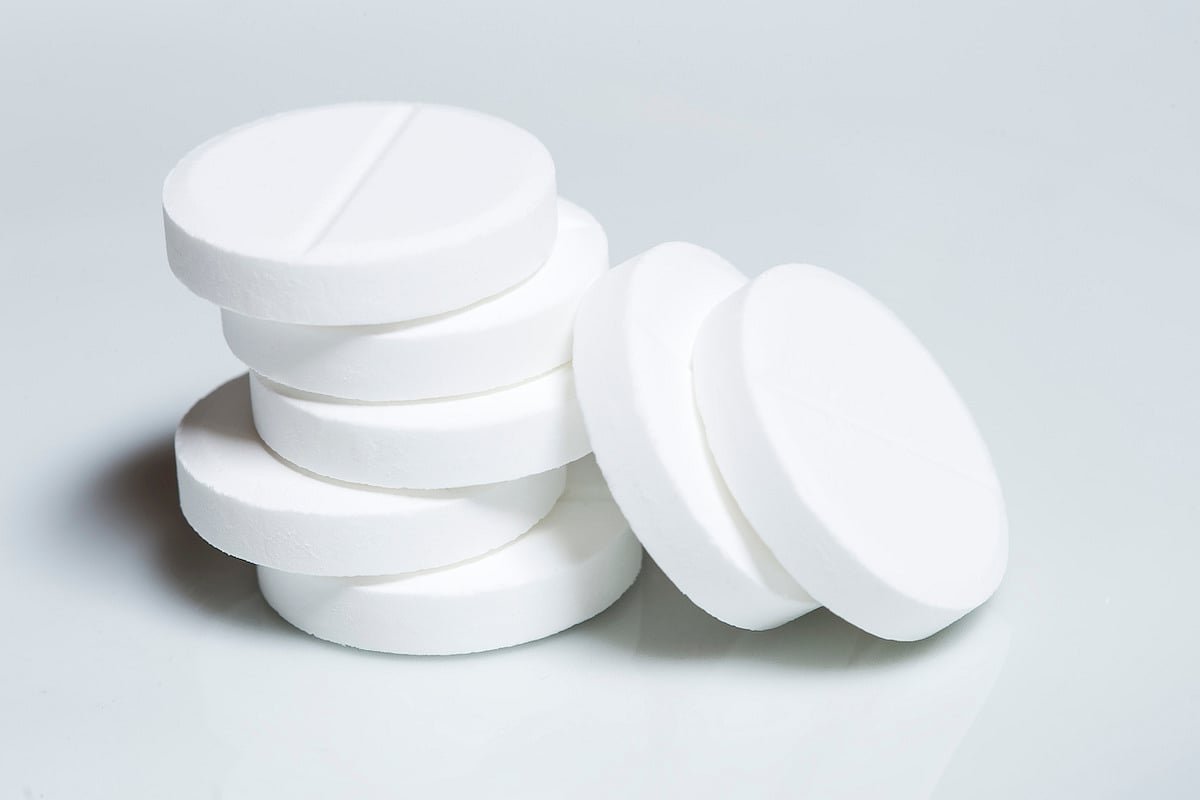The following is a summary of “Optimal positive end-expiratory pressure reduces right ventricular dysfunction in COVID-19 patients on venovenous extracorporeal membrane oxygenation: A retrospective single-center study,” published in the February 2023 issue of Critical Care by Estoos et al.
Employing mechanical ventilation techniques on venovenous extracorporeal membrane oxygenation (VV ECMO) varies across medical institutions. However, most institutions adopt a lung rest approach using relatively low positive end-expiratory pressure (PEEP). The impact of Positive End-Expiratory Pressure (PEEP) adjustment through esophageal manometry during Veno-Venous Extracorporeal Membrane Oxygenation (VV ECMO) on the functioning of the lungs and heart is currently uncertain. This retrospective analysis involved a cohort of 69 patients who were commenced on venovenous extracorporeal membrane oxygenation (VV ECMO) therapy during the period spanning from March 2020 to November 2021.
The subjects were subjected to either the customary positive end-expiratory pressure (PEEP) of 10 cm H2O or the ideal PEEP, which was titrated to an end-expiratory transpulmonary pressure of 0-3 cm H2O, during the entire extracorporeal membrane oxygenation (ECMO) procedure.
The utilization of the optimal PEEP strategy resulted in elevated levels of applied PEEP (17.9 vs. 10.8 cm H2O on day 2 of ECMO), reduced occurrence of hemodynamically significant RV dysfunction (4.55% vs. 44.0%, P = 0.0001), and increased survival to decannulation (72.7% vs. 44.0%, P = 0.022). However, the statistical analysis indicates that survival until discharge was insignificant (61.4% vs. 44.0%, P= 0.211). According to the univariate logistic regression analysis results, optimal PEEP was associated with reduced hemodynamically significant right ventricular dysfunction, with an odds ratio of 0.06 (95% confidence interval [CI] = 0.01–0.27, P = 0.0008). Additionally, optimal PEEP was associated with an increased likelihood of survival to decannulation, with an odds ratio of 3.39 (95% CI 1.23–9.79, P= 0.02). However, it is important to note that other confounding factors may have played a role in these findings.
Source: sciencedirect.com/science/article/pii/S0883944123000230












Create Post
Twitter/X Preview
Logout